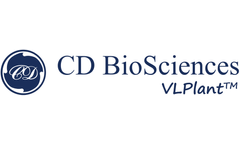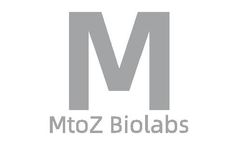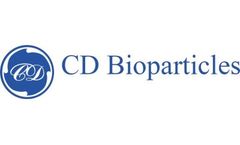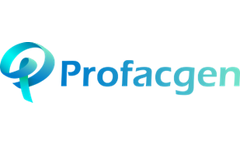Nanoparticle Articles & Analysis: Older
111 articles found
Advances in delivery mechanisms, such as viral vectors and nanoparticles, are enhancing the efficiency of gene transfer into T cells. ...
In 2024, researchers are focusing on refining delivery systems to enhance the efficacy of these therapies. Lipid nanoparticles and other novel delivery mechanisms are being explored to facilitate the targeted delivery of RNA-based drugs to infected cells. ...
These nanoparticles facilitate cellular uptake through endocytosis, allowing the mRNA to be released into the cytoplasm, where it can initiate protein synthesis. In addition to lipid nanoparticles, other delivery methods are being explored. These include polymer-based systems, exosomes, and dendrimers. ...
Developing robust delivery systems, such as liposomes or nanoparticles, remains a key area of research to enhance the therapeutic efficacy of miRNA mimics. ...
Another gene delivery system is non-viral gene delivery, which uses non-viral vectors including liposomes, nanoparticles and some polymers to carry nucleic acids. Non-viral vectors have robust gene loading capacity, high safety, and practicability, simplicity of preparation. ...
This step is essential for minimizing the risk of adverse immune reactions and ensuring the safety of the vaccine. Enzymes in Lipid Nanoparticle Formation Beyond mRNA synthesis, enzymes are involved in the formulation of lipid nanoparticles (LNPs), which encapsulate and protect the mRNA as it is delivered into cells. Enzymes facilitate the precise assembly of ...
Nanotechnology: Ovalbumin-based nanoparticles show promise in targeted drug delivery and imaging techniques. 2. ...
For instance, PEGylated liposomes and nanoparticles can be engineered to carry anticancer drugs directly to tumor sites. ...
Overcoming issues related to mRNA stability and cellular uptake remains a critical area of focus for researchers, who are exploring various delivery methods such as lipid nanoparticles and viral vectors to enhance mRNA delivery efficiency. Despite these challenges, the potential benefits of custom mRNA production are substantial, promising groundbreaking advancements in ...
Optimization of Drug Formulations and Drug Delivery SystemsCD technology can help analyze conformational changes of drug molecules in different formulations, or their encapsulation status in carrier systems (such as liposomes, nanoparticles, etc.).4. Drug Quality Control and Purity AnalysisCD can analyze the purity of drugs and whether they contain impure chiral forms, ensuring ...
One crucial aspect of the nanoformulation platform is its flexibility in developing a variety of nanoparticles, such as liposomes, polymeric nanoparticles, solid lipid nanoparticles, and metal nanoparticles. Each type of nanoparticle has unique properties that can be tailored to suit specific drug delivery needs. ...
Researchers are still investigating strategies to overcome this barrier, similar to the use of nanoparticles or other drug delivery systems to increase drug penetration. ...
Applications of PEGs and Carboxylic Acid PEGs Drug Delivery PEG and its carboxylic acid derivatives have important applications in drug delivery. PEG-modified nanoparticles can enhance drug bioavailability and targeting by increasing particle stability, improving drug solubility, and reducing recognition by the immune system. ...
Colloidal gold is the most commonly used nanoparticle for optical labeling due to its ease of use, biocompatibility, and high visibility. ...
Depending on the preparation methods of PLGA nanoparticles, amphiphilic, hydrophobic or hydrophilic drug molecules can be loaded into the core area of the nanoparticles or adsorbed on the surface of the nanoparticles, which can effectively deliver drugs. ...
When light-sensitive nanogels are stimulated by light, the internal photosensitive groups will be isomerized or photodegraded, and the gel structure and morphology will also change, thereby releasing the contained drugs and obtaining the desired therapeutic effect.There are also light-sensitive nanogels that contain metal particles. Some metal nanoparticles (such as gold ...
Polymer Nanoparticles for Drug Delivery Polymer nanoparticles are a popular choice for drug delivery systems due to their biocompatibility and versatility. ...
Introduction RNA Lipid Nanoparticles (LNP) technology has rapidly gained prominence in the health and scientific domain, primarily due to its significant role in carrying the mRNA of the COVID-19 vaccines developed by Pfizer/BioNTech and Moderna. ...
Versatility: MST can be applied to a wide range of biomolecules, including proteins, nucleic acids, small molecules, and even nanoparticles. This versatility makes it a valuable tool in various fields, from drug discovery to nanotechnology. ...
The ideal and safe delivery vector may be the answer. Although lipid nanoparticles (LNPs) are the most advanced mRNA delivery carriers in clinical practice, further optimization is still ongoing. ...










